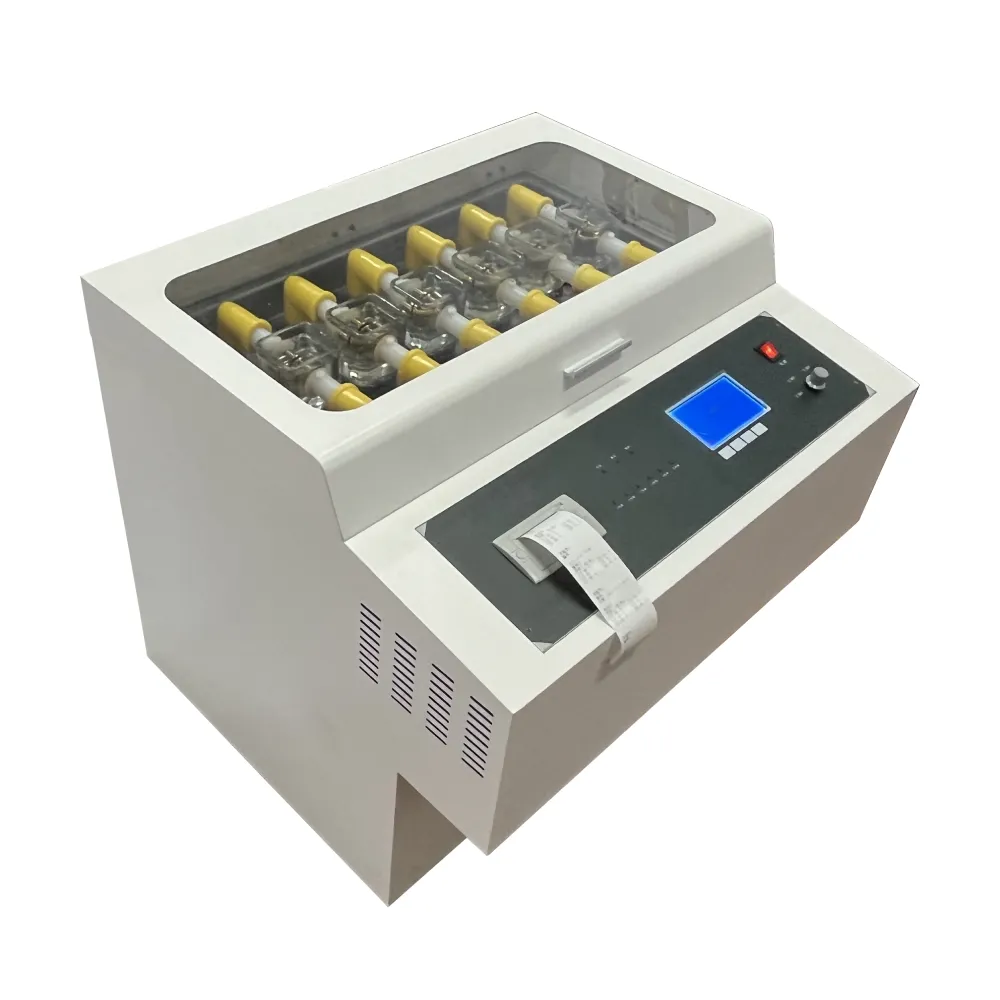 English
English


paint viscometer brookfield
Understanding the Paint Viscometer Brookfield Viscometer
Viscosity is a crucial property in various industries, particularly in paint formulation and application. The viscosity of a liquid determines how it flows and behaves under different conditions. In the paint industry, viscosity affects application properties, stability, and the overall end-use performance of the product. One of the most widely used tools for measuring viscosity is the Brookfield viscometer, an instrument that has become indispensable in quality control laboratories and production lines.
What is a Brookfield Viscometer?
The Brookfield viscometer is a type of rotational viscometer that measures the viscosity of a fluid by determining the torque required to rotate a spindle at a constant speed while immersed in the fluid. This device is particularly effective for measuring the viscosity of non-Newtonian fluids, such as paints, which exhibit a change in viscosity under different shear rates.
The core components of a Brookfield viscometer include a motor, a calibrated spindle, and a torque sensor. The spindle, when submerged in the fluid, experiences resistance due to the fluid’s viscosity, and the torque sensor transmits this resistance to provide a viscosity measurement. The data can be displayed on a digital screen or recorded for further analysis.
Importance of Viscosity in Paints
Viscosity is vital in the paint industry for several reasons
1. Application Efficiency The viscosity of paint affects how easily it can be applied to surfaces. A paint with high viscosity may be difficult to spray or roll on, while low viscosity paint may run or drip excessively.
2. Finish Quality The final appearance of the paint, including its smoothness and glossiness, can be influenced by viscosity. Proper viscosity ensures an even application, preventing issues like streaks or uneven texture.
3. Stability Paint formulations often contain various additives to improve performance. The viscosity can provide insights into the stability of these formulations over time, indicating whether the components are well-mixed or prone to separation.
paint viscometer brookfield

4. Performance Characteristics Certain applications, like protective coatings or automotive paints, require specific viscosity ranges for optimal performance. The Brookfield viscometer allows manufacturers to ensure that their products meet the necessary standards.
Using the Brookfield Viscometer
Operating a Brookfield viscometer is straightforward but requires adherence to best practices to ensure accuracy and reliability. Here’s a basic outline of the process
1. Preparation Begin by preparing the paint sample according to the manufacturer’s recommendations. This may involve stirring or mixing to ensure a uniform consistency.
2. Choosing the Right Spindle Selecting the appropriate spindle is crucial. Brookfield viscometers come with various spindle options tailored for different viscosity ranges. For example, more viscous paints may require a wider spindle to provide accurate readings.
3. Calibration Before taking any measurements, it's essential to calibrate the viscometer to ensure its accuracy. Regular calibration helps maintain the reliability of the instrument.
4. Measurement Immerse the spindle in the paint sample and set the viscometer to the desired speed. Allow the instrument to stabilize before recording the viscosity reading. Multiple readings at varying shear rates can help illustrate the paint's behavior under different application conditions.
5. Recording and Analysis Finally, it’s important to document the results for quality control and formulation adjustments. Analyzing viscosity data over time can also reveal trends in product performance or formulation changes.
Conclusion
The Brookfield viscometer stands as a critical tool in the paint industry, helping manufacturers achieve consistent quality and performance in their products. By accurately measuring viscosity, companies can fine-tune their formulations, ensuring that paints not only meet aesthetic standards but also perform reliably in their intended applications. As paint technology continues to evolve, the role of precise viscosity measurement remains indispensable in advancing quality and innovation in the field.
-
Differences between open cup flash point tester and closed cup flash point testerNewsOct.31,2024
-
The Reliable Load Tap ChangerNewsOct.23,2024
-
The Essential Guide to Hipot TestersNewsOct.23,2024
-
The Digital Insulation TesterNewsOct.23,2024
-
The Best Earth Loop Impedance Tester for SaleNewsOct.23,2024
-
Tan Delta Tester--The Essential Tool for Electrical Insulation TestingNewsOct.23,2024





